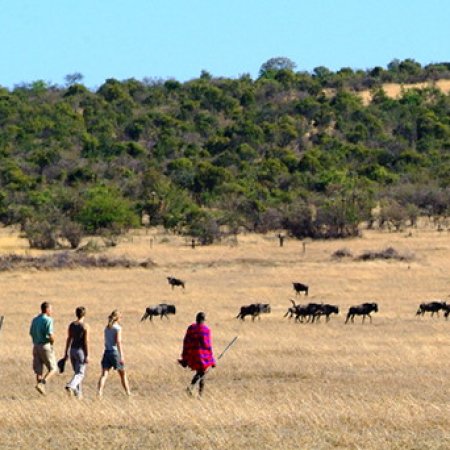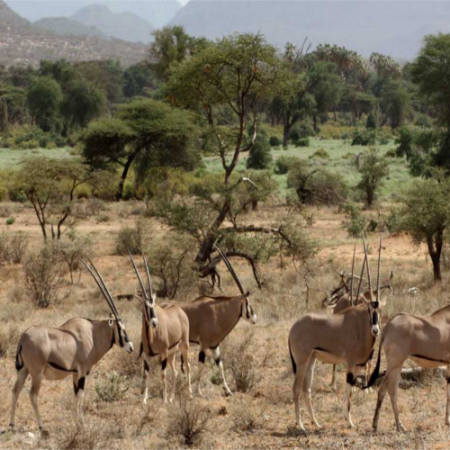Photographing the Masai Mara: Top 7 Tips for a Safari Photographer
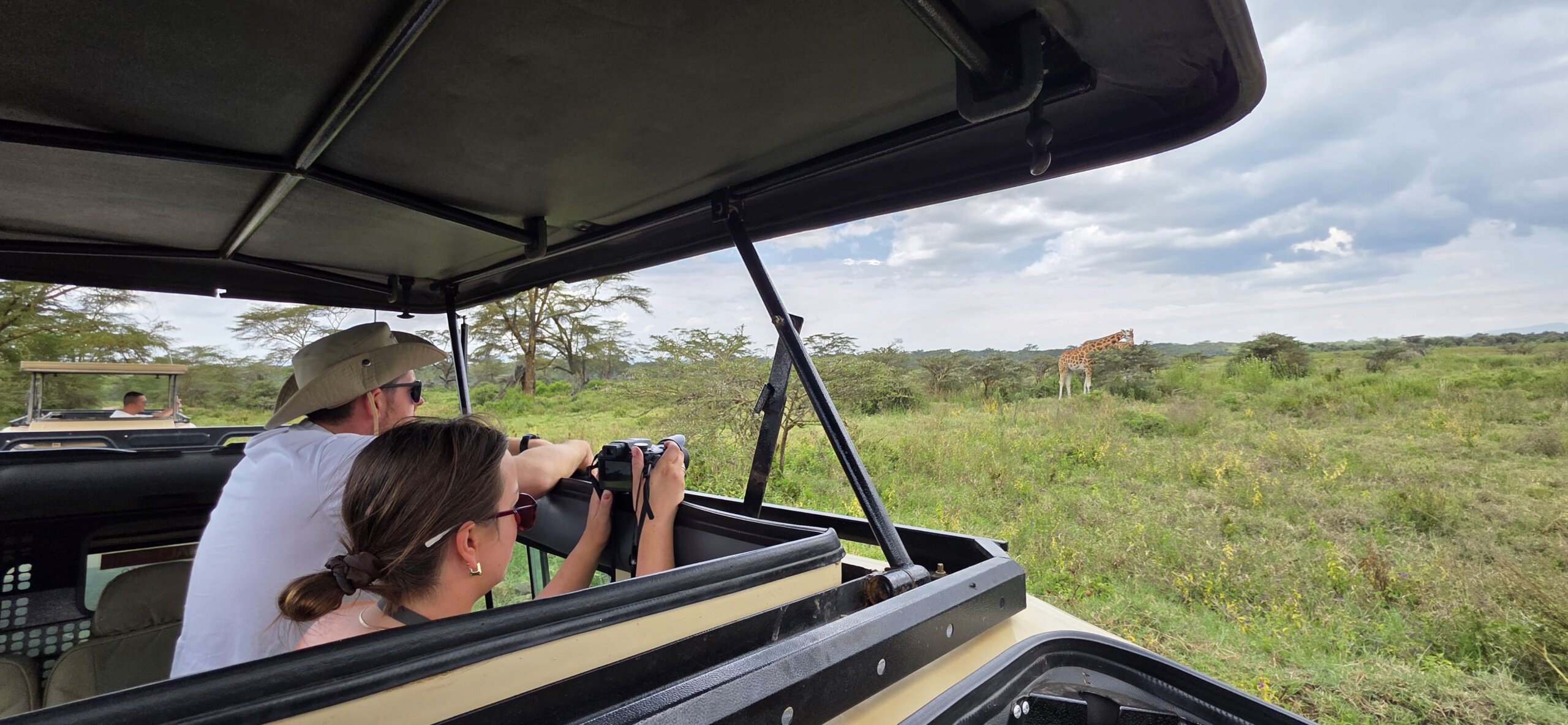
Photographing The Masai Mara is top of the bucket list for any wildlife photographer. With its sprawling savannahs, dramatic sunsets, and iconic wildlife like lions, elephants, cheetahs, and the Great Migration herds, it offers once-in-a-lifetime photo opportunities. But photographing the Masai Mara isn’t just about having a good camera, it’s about preparation, technique, and understanding the environment.
Here are expert safari photography tips
1. Choose the Right Gear for Photographing Masai Mara
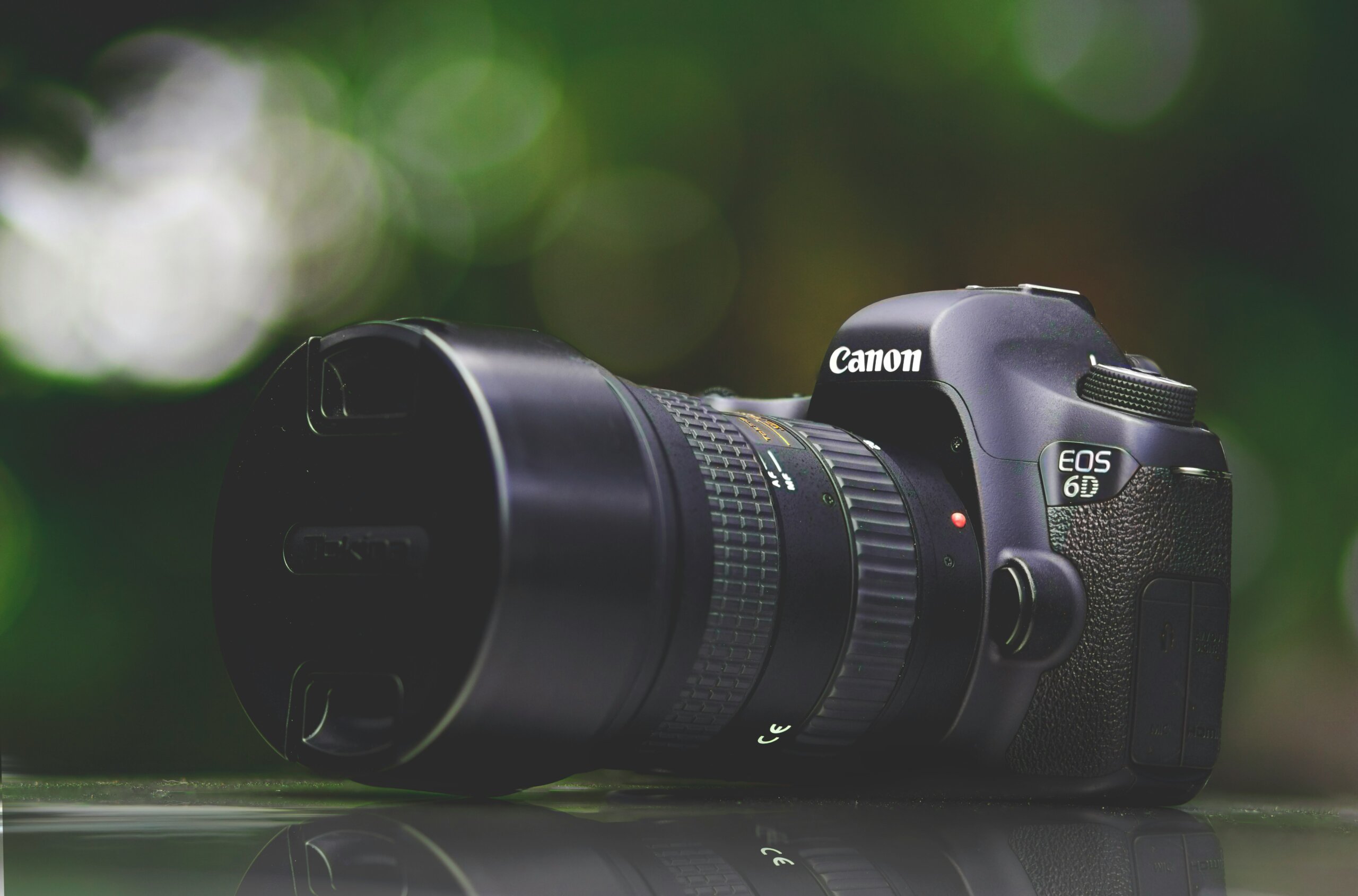
To capture the breathtaking beauty and fast-paced action of the Masai Mara effectively, having the right photography gear is absolutely essential. Whether you’re aiming to photograph a lion on the hunt, a cheetah sprinting across the plains, or the sweeping landscapes of the savannah, the quality and versatility of your equipment can significantly impact the success of your shots..
Must-have safari photography equipment:
-
DSLR or Mirrorless Camera with fast autofocus and high frame rate
-
Telephoto lens (e.g., 100-400mm or 200-600mm) for wildlife at a distance
-
Wide-angle lens (e.g., 16-35mm) for landscapes and dramatic skies
-
Bean bag or monopod for stability in safari vehicles
-
Extra batteries and memory cards (power is limited in the bush)
Tip: Don’t forget a weatherproof bag because dust and rain are common in the Masai Mara.
2. Know the Best Times to Shoot
Lighting is one of the most critical elements in photography, and nowhere is this more evident than in the Masai Mara National Reserve. The soft, warm glow of the golden hour shortly after sunrise and just before sunset transforms the landscape into a photographer’s dream.
-
Golden Hour: Early morning (6:00–8:00 AM) and late afternoon (4:30–6:30 PM)
-
Midday: Avoid harsh light, but it’s great for dramatic cloudscapes or silhouettes
-
Sunsets & Sunrises: Capture the classic Mara silhouettes of giraffes or acacia trees
Plan your trip between July and October for the Great Migration, one of the world’s most epic natural spectacles.
3. Focus on Animal Behavior, Not Just Portraits
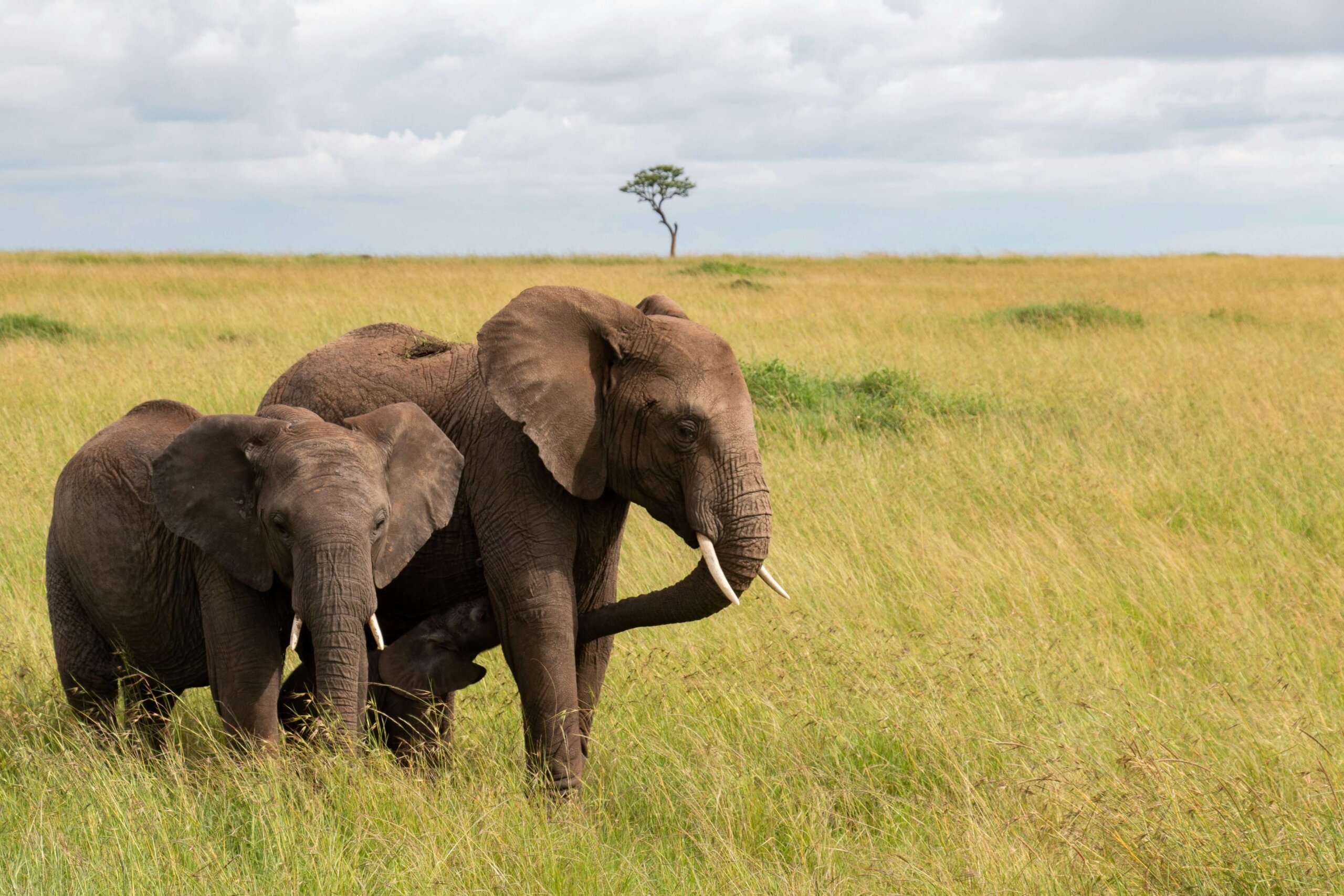
A great safari photo tells a story.. Instead of only shooting portraits, look for:
-
Predator-prey interactions
-
Cubs playing or grooming
-
Elephants dust bathing
-
Wildebeest crossing the Mara River
Leave space for your subject to “move into” in the frame. This creates tension and adds drama to your shots.
4. Master the Art of Patience
Wildlife photography in the Mara requires patience and timing. Some of the best shots come after hours of waiting. Stay alert, be ready to shoot in burst mode, and always keep your camera settings optimized for action.
5. Work with a Guide Who Understands Photography
An experienced safari guide who understands photographers’ needs can make all the difference.
Get A:
-
A private vehicle with unobstructed views
-
Flexible timings (not all lodges offer early departures)
-
A guide who knows animal behavior and can position the vehicle correctly
6. Don’t Forget the Landscapes and Details
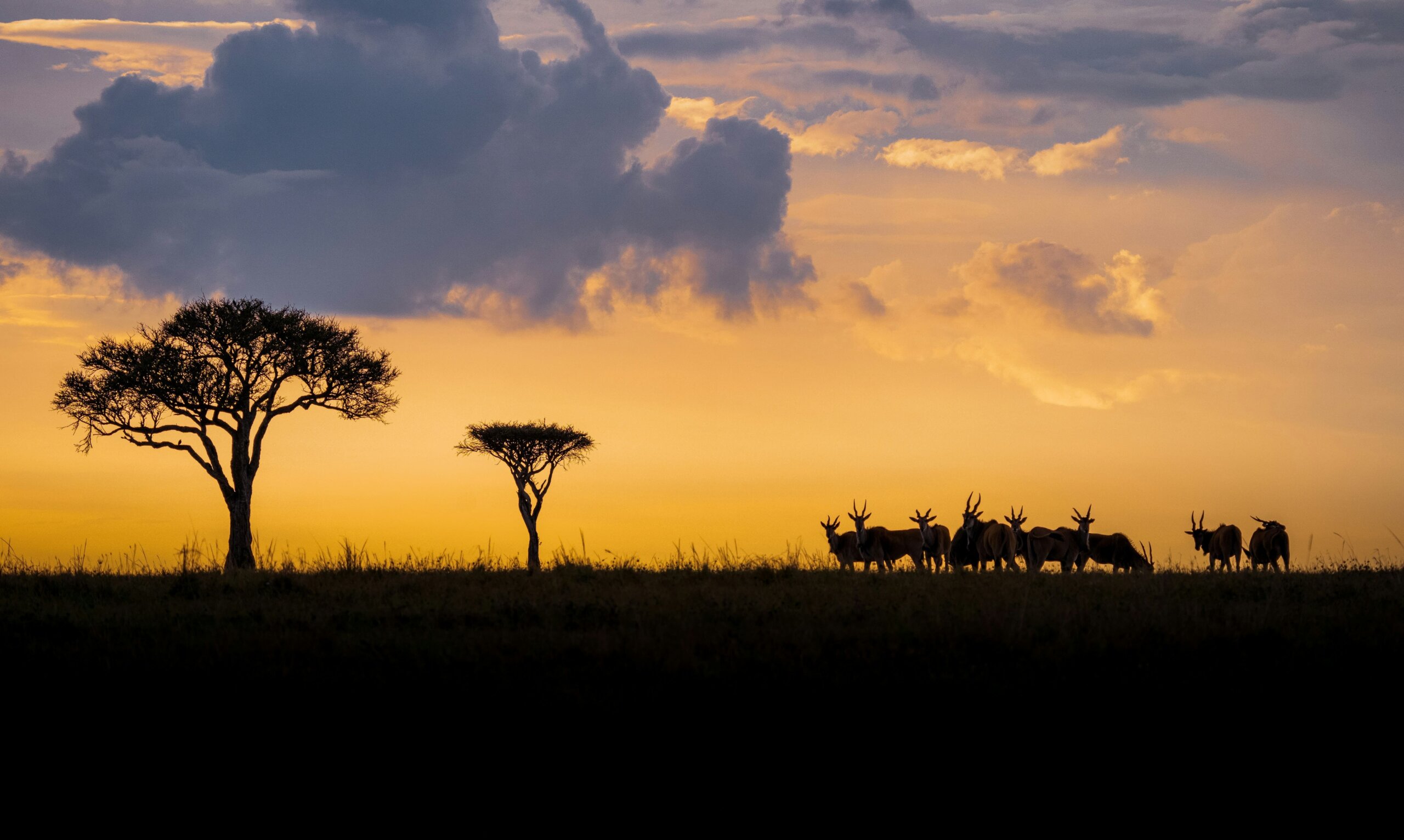
While wildlife steals the show, the Masai Mara’s landscapes are equally photogenic.
Capture:
-
Storms rolling over the plains
-
Sunset silhouettes of lone trees
-
Close-ups of textures: elephant skin, lion paws, or zebra stripes.
7. Respect Wildlife and Follow Ethical Practices
Above all, always prioritize the well-being and natural behavior of wildlife over capturing the perfect photograph. Responsible safari photography means putting the animal’s comfort and safety first. Ethical wildlife photography in the Masai Mara, and in any ecosystem requires patience, respect, and an understanding that the goal is to document nature, not disrupt it
-
Don’t ask your guide to chase animals
-
Don’t use drones (they are banned in most reserves)
-
Keep a respectful distance
Ethical safari photography is about telling authentic stories without disturbing nature.
Final Thoughts:
Whether you’re a hobbyist or a professional, photographing the Mara is an unforgettable experience. By preparing well, understanding animal behavior, and working with the right guide, you’ll return home not just with stunning photos, but with deeper stories to tell.
Have you photographed the Masai Mara? Share your best shots with us on our cross wild safaris Instagram page.

